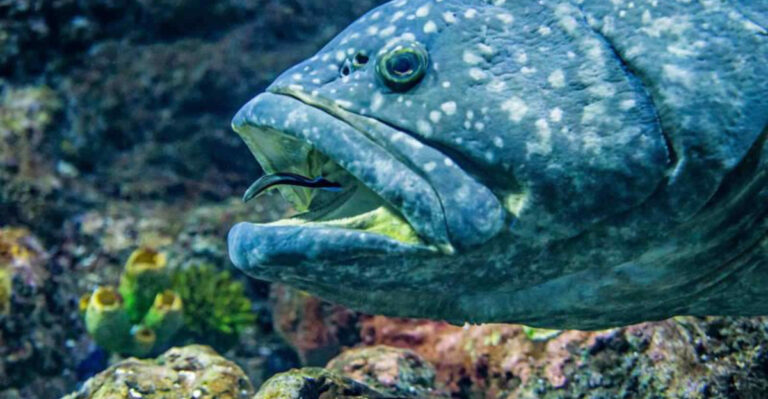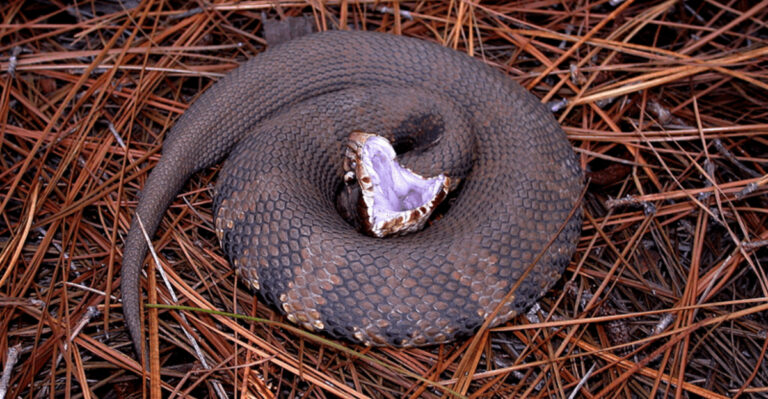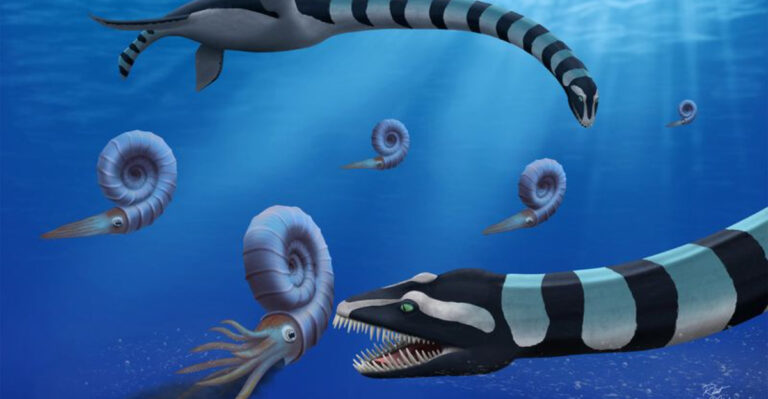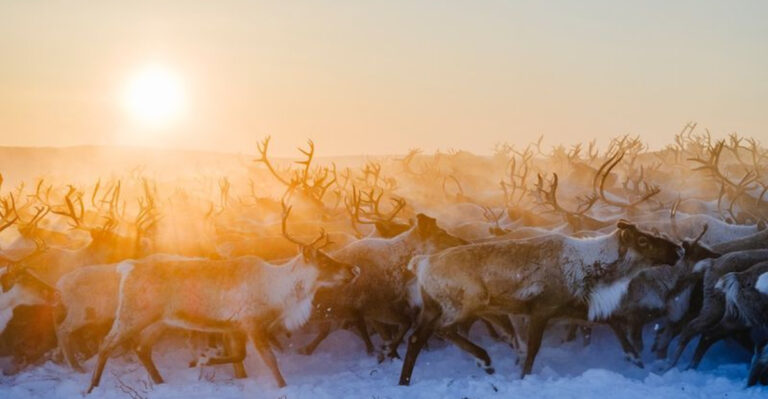This ‘Ash-Winged Dawn Goddess’ Is North America’s Newest Pterosaur
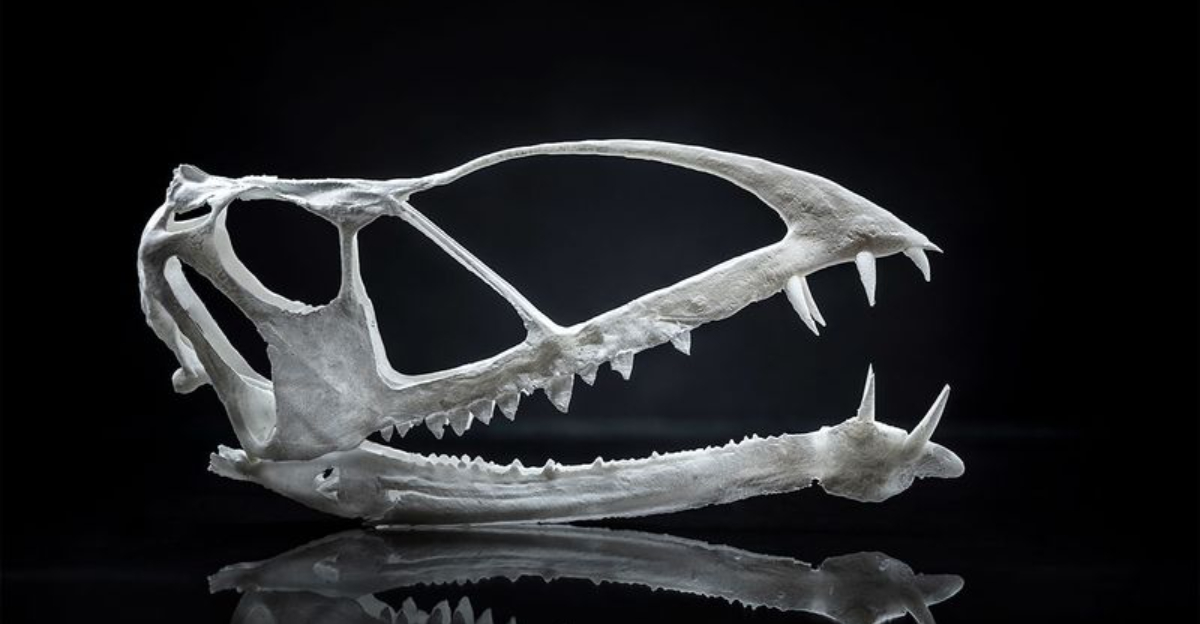
Scientists have uncovered an amazing new flying reptile from ancient North America! Named Eotephradactylus McIntireae, or the ‘Ash-Winged Dawn Goddess,’ this creature soared through skies about 220 million years ago during the Triassic period.
The discovery of this pterosaur’s jawbone in Arizona’s Petrified Forest National Park is changing what we know about when these winged reptiles first appeared in North America.
The Discovery Of The Ash-Winged Dawn Goddess Pterosaur
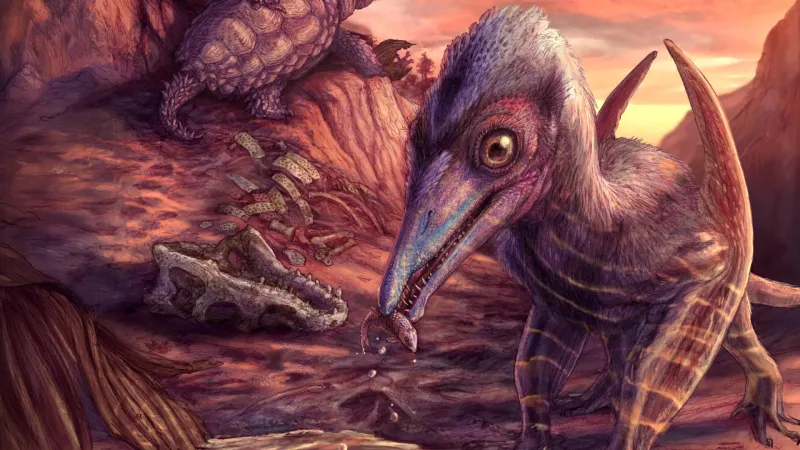
Hidden for millions of years, this remarkable creature was unearthed by a sharp-eyed volunteer at Arizona’s Petrified Forest National Park in 2019. The small jawbone fragment might have been overlooked by less careful observers!
Scientists quickly realized they had something special when they noticed unique tooth patterns unlike any previously found in North America.
How The Fossilized Jawbone Revealed North America’s Oldest Pterosaur
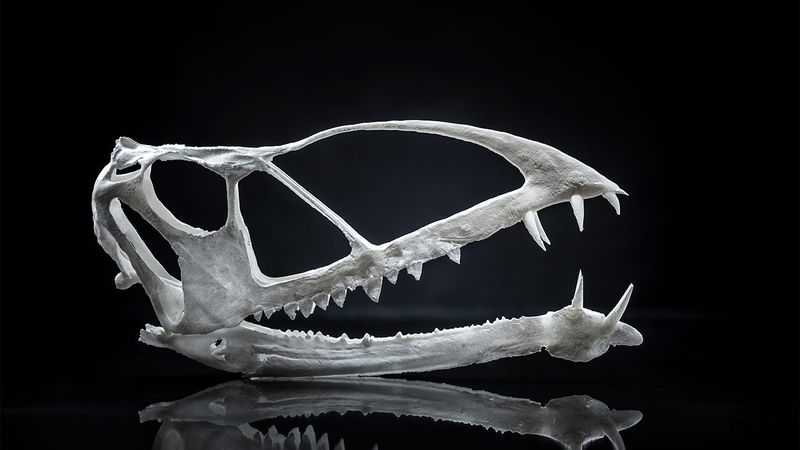
Just a single bone fragment changed everything we thought about pterosaurs in America! This tiny jawbone, only about an inch long, contains enough distinctive features to identify an entirely new species.
Scientists dated the rock layers around the fossil, proving this creature lived about 220 million years ago – making it the oldest pterosaur ever found on the continent.
The Significance Of Eotephradactylus McIntireae In Pterosaur Evolution
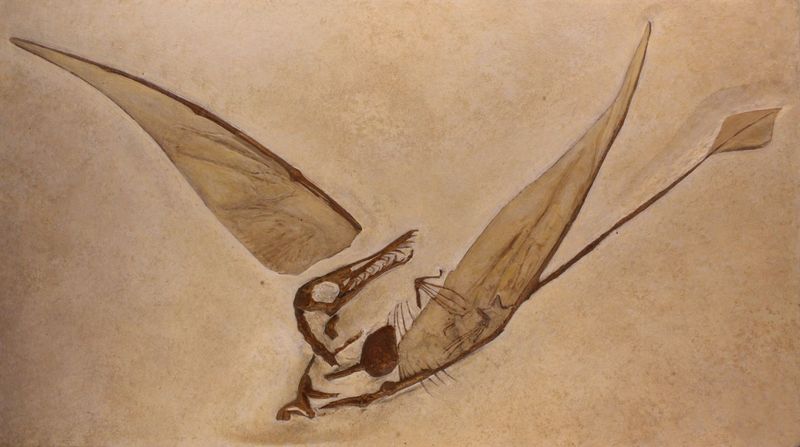
Before this exciting find, scientists thought pterosaurs arrived in North America much later! The Ash-Winged Dawn Goddess pushes back their timeline by millions of years.
Her name tells a story too – “Eo” means dawn, “tephra” references the volcanic ash layers where she was found, and “dactylus” indicates her pterosaur family. “McIntireae” honors the volunteer who spotted the fossil.
Insights Into The Triassic Ecosystem Of Pangaea
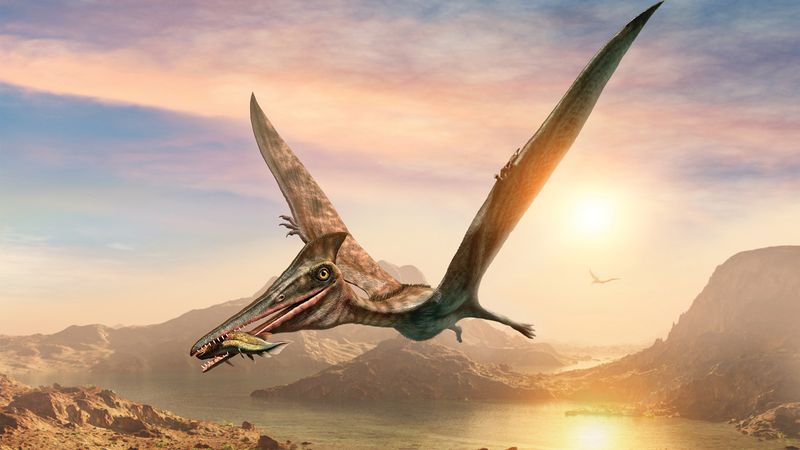
When our pterosaur friend took flight, Earth looked completely different! All continents were squished together in one giant landmass called Pangaea, with what’s now Arizona located near the equator.
The climate was hot and sometimes rainy, creating forests and rivers where early dinosaurs, crocodile relatives, and amphibians lived alongside our flying friend. Imagine a tropical world full of strange creatures!
The Fossilized Teeth And Diet Of The Ash-Winged Dawn Goddess
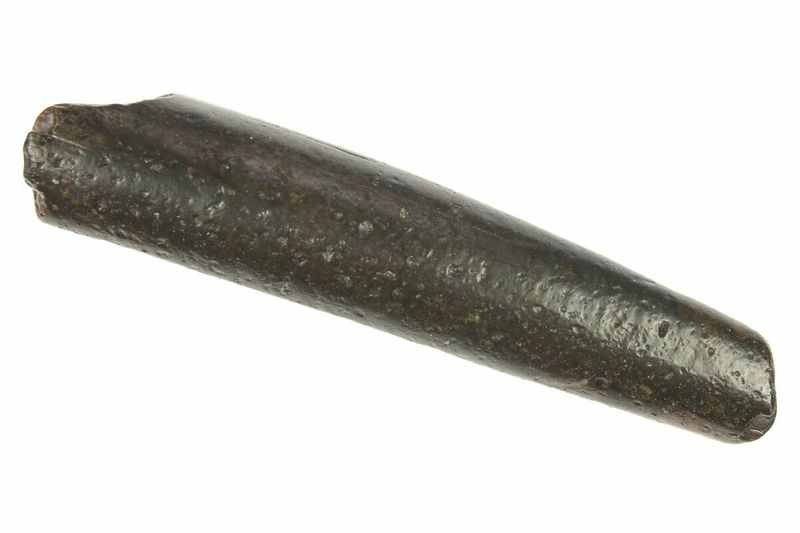
Talk about picky eaters! The teeth preserved in this jawbone tell us what this pterosaur munched on. Unlike later pterosaurs with needle-like teeth for catching fish, these chompers were specialized for grabbing insects.
Imagine this creature swooping through ancient forests, snatching dragonflies and beetles mid-flight! The shape and spacing of the teeth perfectly match what’s needed for an insect-based diet.
How The Pterosaur Coexisted With Other Early Vertebrates
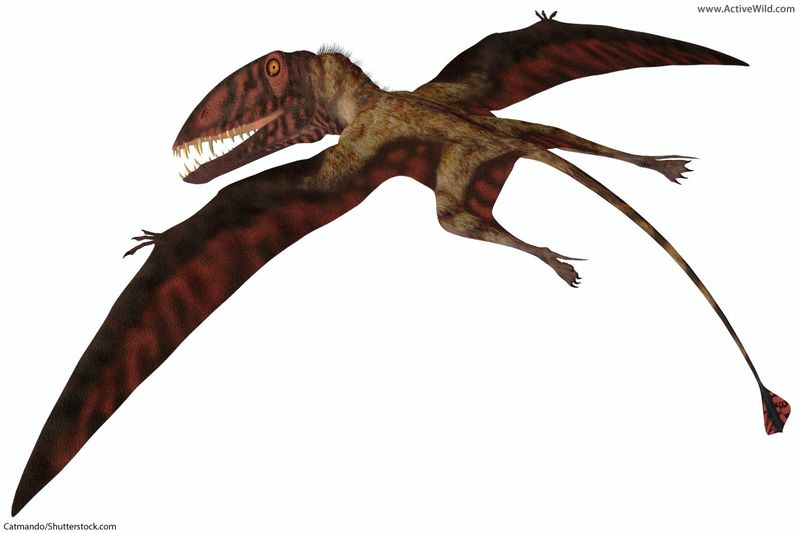
Wasn’t the only cool creature around! The Ash-Winged Dawn Goddess shared its airspace with primitive insects while early dinosaurs roamed below. These weren’t the massive dinos we know from movies – most were turkey-sized or smaller.
Crocodile ancestors called pseudosuchians were actually the ecosystem’s top predators. Our pterosaur likely avoided ground dangers by spending most of its time in trees or flying.
The Role Of The Petrified Forest Site In Paleontological Research
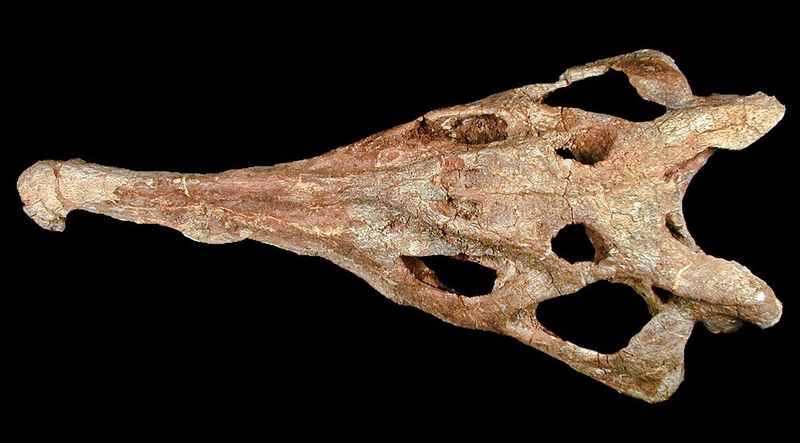
Arizona’s famous park isn’t just pretty colored wood! The Chinle Formation within Petrified Forest National Park preserves one of the world’s best records of Triassic life.
Volcanic ash layers helped preserve fossils while also providing scientists with exact dating methods. Researchers continue finding new species here every year, making it a treasure trove for understanding life before dinosaurs ruled the Earth.
What This Discovery Reveals About Early Life Before The Extinction Event
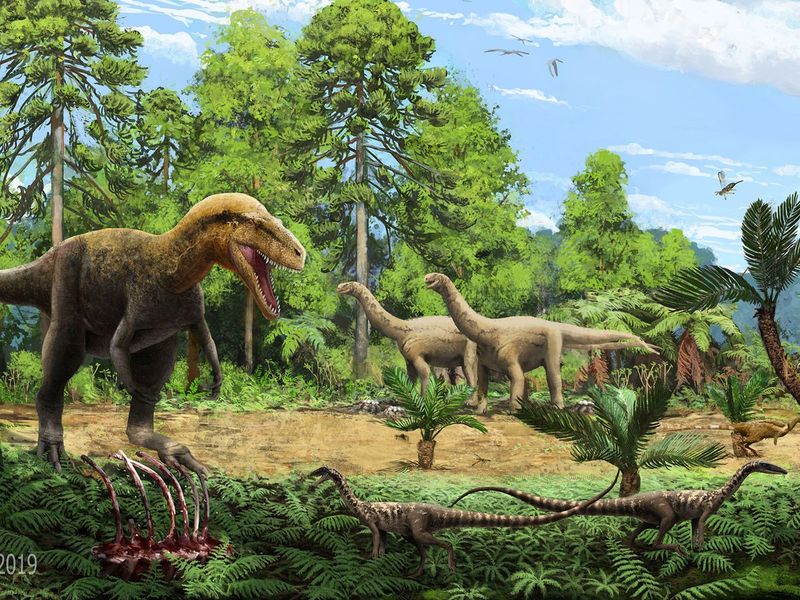
Life was thriving before disaster struck! The Ash-Winged Dawn Goddess lived about 20 million years before a massive extinction wiped out many Triassic species.
This discovery shows that flying reptiles were already successful and specialized long before this crisis. By studying creatures from this time period, scientists can better understand which adaptations helped some animals survive while others disappeared forever.
The Importance Of Fossil Sites In Understanding Prehistoric Biodiversity
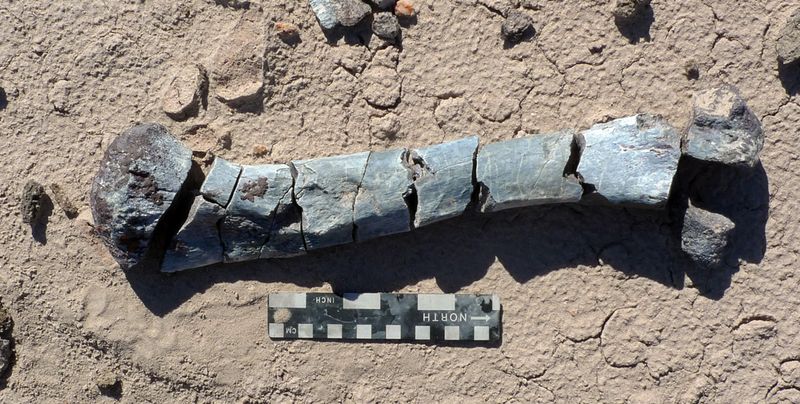
One little jawbone fills a huge gap in our knowledge! Without places like Petrified Forest preserving ancient ecosystems, we’d miss entire chapters of Earth’s history.
Every new fossil discovery helps scientists paint a more complete picture of past life. The Ash-Winged Dawn Goddess reminds us that there are still amazing creatures waiting to be found, hiding in rock layers around the world.


